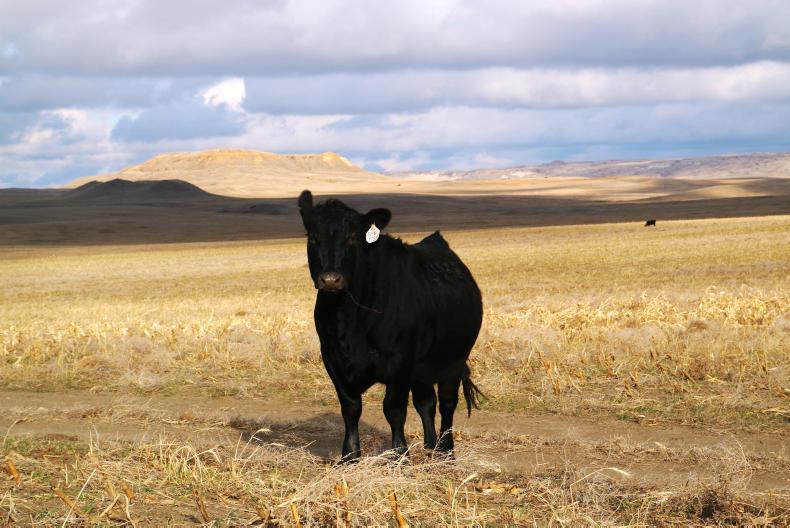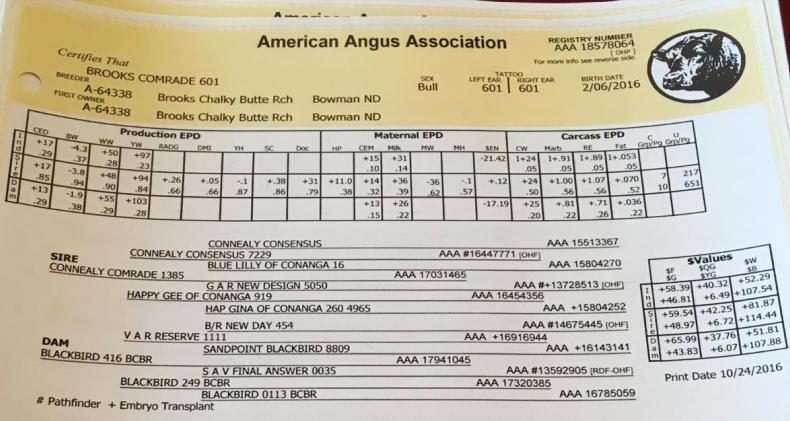Conversing with US ranchers on breeding indexes is eye-opening. In some ways, Ireland is streets ahead in terms of how we use our breeding indices for decision-making. But, in the grand scheme of things, you could also argue that the opposite is the case.
Breed association driven
Unlike Ireland, the US breeding indices are controlled by individual breed societies. Thus, when comparing across breeds, adjustment factors must be used. However, most commercial suckler farmers run a purebred cow herd and many use the same breed of sire.
EPD
The US breeding indices assign expected progeny differences (EPDs) for each trait. These EPDs are reported in the units that these traits are normally measured and represent the predicted performance above breed averages. As in Ireland, EPDs are accompanied with reliability (accuracy) values.
Blazing a trail
One impressive thing about US beef production is that cattlemen are rewarded for providing consumers with an enjoyable eating experience. Remember, here in Ireland the incentive (EUROP grid) is to produce a well-muscled animal with a sufficient fat covering and to not break the scales. The book stops there. US cattle finishers are actually paid bonuses for marbling in their steak cuts.
While our own ICBF is in the process of constructing a meat eating quality index, our comrades across the pond have been there and done that – unsurprising given there is financial incentive to do so.
EPDs are reported for birth, growth, maternal and carcase/meat traits.
The picture here shows the EPD and parentage breakdown of a young pedigree Angus bull from a well-known ranch in North Dakota, destined for sale next April. In part 2 we will dissect these EPD figures in detail.







SHARING OPTIONS